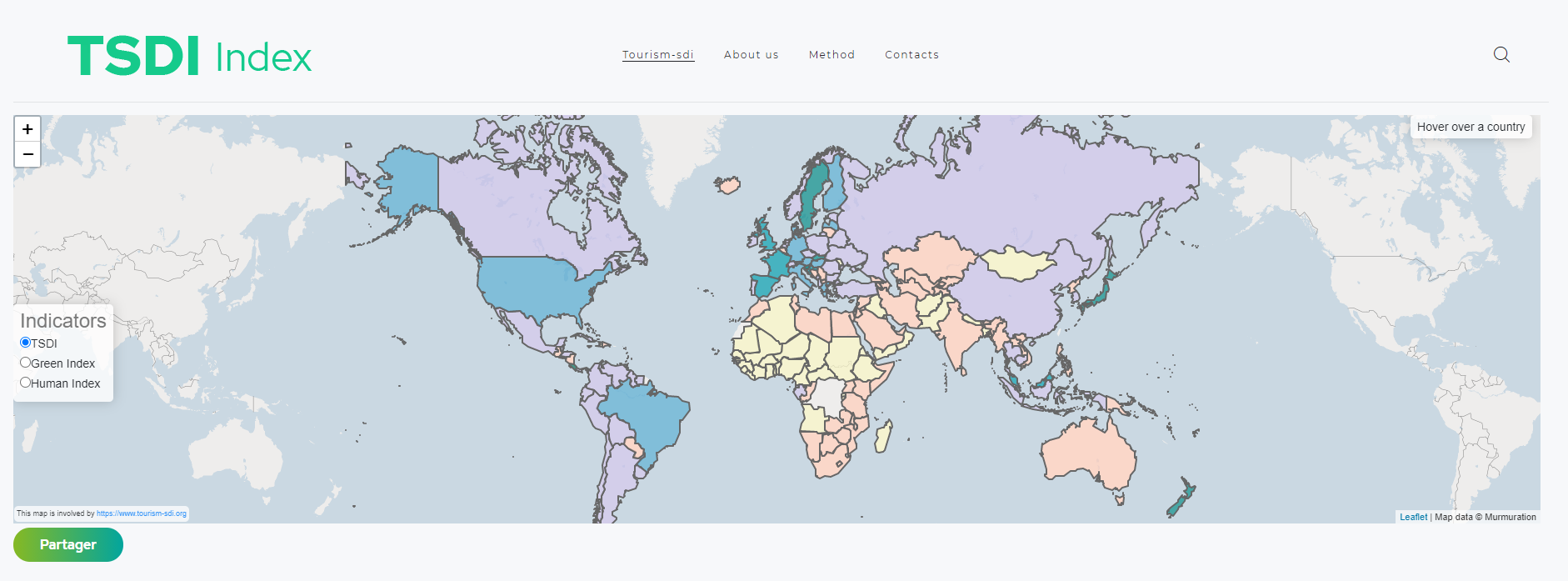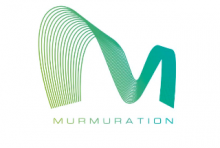
Objectives of the service

In a single sentence, Murmuration is providing environment monitoring KPIs and forecasts for the tourism industry.
The services are destined for decision makers who are seeking to understand, monitor, report and act on the impact of the tourism industry on the environment.
The provided services are intended to be flexible and customizable with regards to the users’ needs. The core functions are the provision of indicators based on Earth Observation data by satellite, the combination of these data into a comprehensive set of indicators that shall be used then in conjunction with additional data sources and external data bases to assess the sustainability of tourism and the impact of these activities on the environment. The indicators shall enable decision makers abide by the increasing regulatory requirements to monitor, control and act upon the environmental impact of each industry..

Murmuration aim at developing two major services, the first one leading to the second, as follows:
-
Support to the decision making process via the assessment of the environmental situation in key tourism areas: For this service we have used earth observation data to understand, and quantify, the environmental situation in key tourism areas. Providing KPIs to monitor Air Quality, Green Area health, Progress of Urbanization and pressure on Water resources. We have developed monitoring dashboards, that provide the environmental situation along these dimensions on key tourism areas. We have also developed the unique Tourism Sustainable Development Index (TSDI), that combines the available data and computes a single index assessing the sustainability of tourism in this specific area. This first service, and its maturity, are leading us to the second service
-
The quantification of the contribution of tourism and its responsibility to the environmental status on a given area, with the link to the TSDI. Using additional data as provided by the stakeholders, for example, accommodation capacity, monthly occupancy rates, statistics on the use of transportation means and the most popular tourism destinations, we are able to link between the environment pressure and the tourism activities. Developing our services to assess, not only the environmental situation, but also the sectoral contribution of tourism in this situation. Next we will be working on the development of trends and behavioural analysis, to understand how these areas are expected to evolve in the future. All this information is incorporate in decision making dashboards, enabled with advanced visualization functions dedicated to tourism and local authorities around the globe.
Users and their needs
The project has 3 user categories: Governments, Tourism professionals and Independent Organizations
The developed tools can help Governments:
-
Preserve economic activity and jobs linked to tourism
-
Support environmental preservation projects,
-
Help foster the sustainable tourism industry,
The developed tools can help Tourism professionals and Independent Organizations:
-
The preservation of the neighboring landmark is not only the responsibility of the decision and policy makers but also to the private entities benefitting from its existence. The ones at the frontline of the hospitality industry are the hotels and their managers. The number of hotels is estimated at 300,000 hotels (2 stars and more) worldwide. Knowing the environmental condition of their geographical area and having the capacity to act on it, is essential for their activity as it protects their activities on the medium to long-term.
Stakeholders and potential future users of the services have issued statements confirming their participation in pilot applications : Segittur (Spanish entity dependent on the Ministry of Industry, Trade and Tourism, and attached to the Secretary of State for Tourism) and “Ville de Paris”. They expressed their need and gave very interesting directions for Murmuration to develop really useful services:
-
Monitor environmental conditions and correlate them with tourism activity
-
Evaluate the loading capacity of a destination with regards to environmental guidelines or political commitments
-
Monitor carbon compensation projects all over the world
-
Build simulation scenario evaluating the expected environmental benefit of a decision
Service/ system concept
The overall system concept starts from the aggregation of Space Earth Observation data from the Copernicus program (either Sentinel data or Copernicus core services data) with non-EO data sources. The service then transforms all of these datasets into indicators that are delivered to the user communities as follows:

The generic data flow is as follows:
-
[Ingestion] Earth observation Data collection from Copernicus data access platforms (DIAS)
-
[Ingestion] Download of non-EO data on local storage
-
[Preparation] Coregistration of available datasets
-
[Processing] Ingestion in the processing chains
-
[Production] Output and visualization
The data flow is common to the ensemble of target users, the difference will be in the final visualization and dashboard that will differ as a function of the user needs and requirements.
Space Added Value
Space Earth Observation data, especially the Copernicus program, is a significant leap ahead of competition who mostly rely on local surveys and measurements. Earth Observation data is fundamental as it enables the service to:
-
Apply the same approach on any point on the globe
-
Have a clear pricing strategy with no unforeseen costs
-
High frequency updates in line with the users’ needs
-
Capacity to scale and deliver
EO data will be integrated with other data sources, for instance, Open Street Maps data regarding the road networks and the hotel locations, Eurostat data regarding tourism statistics in specific areas and so on.
The final aim is to use space data to enable users to obtain a quantitative, scientific measurement that explain environmental sustainability and support decision making.
Current Status
The project has put in place a unique Tourism Sustainable Development Indicator on national, regional and local scales. This index quantifies the sustainability of tourism all over the globe. The index combines earth observation data with statistical data to provide a global common ground into assessing the sustainability of a geographical region and its correlation to the development of the tourism activities. The parameters integrated in the computation of the index are shown below:

The TSDI enables us to show in a concrete manner the efforts that countries are performing towards sustainability and how they are progressing over time:
The website is regularly updated with new data and information.
Collaborative workshops were organised with the partner stakeholders (Segittur and “Ville de Paris”) to gather user needs. This information combined with the Murmuration expertise in the domain of EO data services led to a specification and initial design of the system to be developed.

The project will benefit from the WEkEO platform services enabling full and fast access to Copernicus data (Sentinel and Core services data such as Atmosphere, Marine and Land) and deployment of this architecture on a scalable cloud environment.
The list of indicators to be implemented is as follow.

Dashboards will be built on top of these indicators to provide focused services. Mock-ups such as the one below are being developed to validate the concept and prototype the end-to-end chain.




